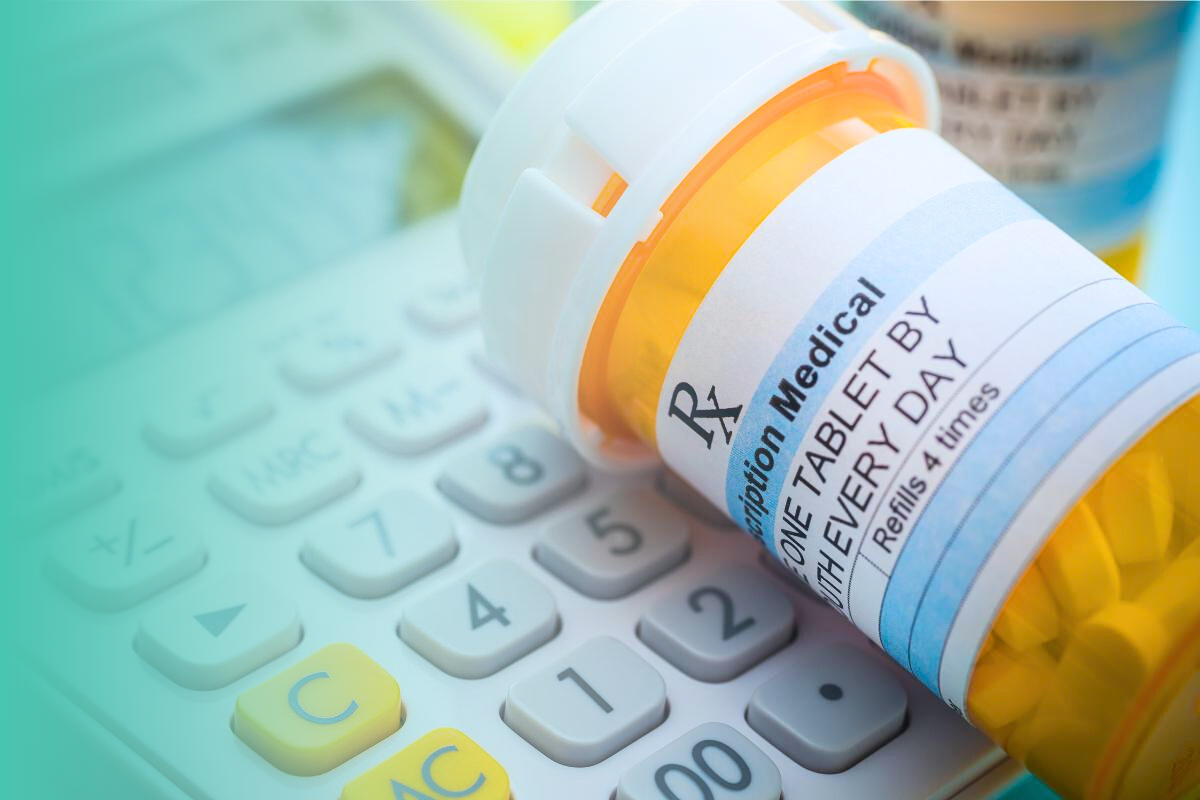4 min read
Managing Healthcare Costs Through Risk Management Incident Reporting
Performance Health Partners
July 29, 2024

With healthcare costs projected to surge by 7% to 9% in 2024, risk management incident reporting has become an essential strategy for addressing these financial challenges. By systematically identifying, documenting, and mitigating potential risks, healthcare organizations can effectively reduce expenses while enhancing patient care. Explore how this proactive approach not only improves healthcare cost savings, but also improves safety and ensures better patient outcomes.
Insights into Rising Healthcare Costs
Healthcare costs are a significant burden for both providers and patients. The rising costs of medical treatments, hospital stays, medication, and other related expenses create a tense financial environment.
From 2000 to 2022, U.S. health expenditures soared from approximately $1.4 trillion to $4.5 trillion, with a notable spike of 10.6% during the first year of the COVID-19 pandemic and steady increases in the following years, aligning with the decade’s average growth rate, according to National Health Expenditure (NHE) data from the Centers for Medicare and Medicaid Services (CMS).
This period was marked by steady increases, aligning with the decade's average growth rate. In 2022 alone, total national health expenditures rose by $175 billion compared to the previous year, driven largely by higher spending on hospital services and retail prescription drugs. Additionally, growth factors included escalated costs in administrative expenses, physician and clinic services, long-term care, and medical goods.

According to research published in “JAMA Health Forum,” safety events such as healthcare-acquired infections (HAIs), patient falls, medication errors, and other preventable incidents are also associated with increased costs. Annually, these preventable medical errors are estimated to cost around $17 billion.
This emphasizes the importance of effective risk management strategies in reducing these costs. For instance, patient falls represent a significant source of preventable expenses. A “JAMA Health Forum” study examining actual cost data from two major healthcare organizations determined that the average cost of a patient fall is approximately $64,000. Moreover, the study demonstrated that implementing an Incident Reporting System not only reduced the incidence of patient falls but also led to substantial cost savings and enhanced outcomes in patient safety.
Effective cost management is essential to ensure that healthcare remains not only accessible but sustainable in the long-term. Implementing a risk management incident reporting system can play a critical role in controlling these escalating healthcare costs in the future.
What is Risk Management Incident Reporting?
Risk management incident reporting in healthcare is the systematic documentation of any event that could have or did result in harm to a patient, staff, or visitor within a healthcare setting. These incidents can range from medication errors and patient falls to equipment malfunctions and near misses.
The main goal of incident reporting is to collect data that can be analyzed to identify trends, root causes, and other areas needing improvement to ensure efficiency within the healthcare facility. By understanding this data, healthcare organizations can develop strategies and take action to prevent issues and future incidents that could result in harm and enhance overall safety.
How Does Incident Reporting Aid in Healthcare Cost Reduction?
Effective risk management incident reporting can help with healthcare cost savings in the following ways:
Preventing Safety Events
Safety events, such as medication errors, patient falls, or healthcare-acquired infections can be extremely costly and must be avoided. By addressing the root causes of these incidents through incident reporting, healthcare professionals can understand why they happen and reduce their occurrences, and in turn, the costs that come with them.
For example, through incident reporting, a hospital may notice a higher incidence of healthcare-acquired infections in a department with hand hygiene compliance issues. The organization could then identify the root causes for the incompliance, such as a lack of hand-washing infrastructure, and remedy the situation accordingly, leading to reduced incidences of HAIs, shorter hospital stays, and lower treatment costs.
Minimizing Legal Liabilities
Healthcare organizations can also face significant legal risks from adverse events, including malpractice claims and regulatory penalties. Effective risk management software bypasses these concerns and ensures compliance with standards and regulations, as well as boosting the reputation and image of the facility. Reducing the occurrences of adverse events can lead to fewer legal claims and expenses.
Improving Patient Outcomes
Better patient outcomes are directly linked to lowering healthcare costs and should be the main goal within any healthcare facility. When patients receive safe and effective care, they are less likely to experience complications that require additional treatment and costs for them as well. By incorporating an effective risk management incident reporting system, healthcare providers can enhance their quality of care and achieve better patient outcomes, ultimately reducing costs for all parties involved.
These advantages demonstrate how implementing a comprehensive reporting system and fostering a supportive culture of safety can allow organizations to achieve substantial healthcare cost reduction and avoid unnecessary expenditures.
Implementing an Effective Incident Reporting System in Healthcare
Despite the clear benefits of risk management incident reporting, several barriers can impact its effectiveness, with a significant issue being staff misperceptions. The Department of Health and Human Services found that about 86% of events go unreported due to these misperceptions. Among the key obstacles, the fear of punishment stands out. Many healthcare workers avoid reporting incidents due to concerns over potential repercussions or blame, as highlighted in the Journal of Patient Safety. Promoting a “just culture,” where the focus is on learning and improvement rather than assigning blame, can help mitigate this fear.
Staff education and training are also a critical component for success. Training programs should center on the importance of incident reporting and instruct staff on how to use the reporting system efficiently. Emphasizing a non-punitive approach to reporting or even incorporating incentives to report may positively influence staff willingness to report these incidents without any fear and incentivize them for their efforts in preventing harm.
Another major barrier is the lack of feedback after incidents are reported. Without feedback, staff may feel their efforts are unnoticed, leading to decreased motivation to report future incidents. This issue was identified as a significant barrier by 57.7% of participants in a study by Qual Saf Health Care.
Effective reporting systems, as recommended by the World Health Organization, should ensure that every report receives an acknowledgment of receipt from administration as well as a thorough analysis and investigation, including details of any follow-up actions taken. By improving feedback mechanisms and valuing each report’s role in enhancing safety, healthcare organizations can encourage more consistent reporting.
Providing feedback to staff about the outcomes of their reports can also boost motivation to report and emphasize the value of reporting events. When employees see their input acknowledged and leading to real change, it helps make them feel valued, and provides confirmation that their voice does make a difference. This encourages staff to not only report more frequently but to do so confidently.
For risk management incident reporting to be effective, healthcare facilities must also implement effective systems and processes. A comprehensive risk management plan is essential, and should outline the organization’s approach to identifying, assessing, and mitigating risks.
This plan should be dynamic and updated regularly to ensure consistency in the long term and reflect any changes or risks that may emerge in the future of the healthcare environment. Additionally, investing in a user-friendly electronic incident management system can streamline the process, making it easier and more accessible for staff to document incidents accurately and promptly.
Finally, analyzing incident data and acting on those findings is essential for continuous improvement and enhancing patient outcomes. Regular review of incident reports helps identify trends and root causes.
Final Thoughts
Effective risk management incident reporting is a critical strategy for healthcare cost reduction. By preventing risks, minimizing legal liabilities, enhancing operational efficiencies, and improving patient outcomes, healthcare facilities can achieve significant cost savings while still delivering high-quality care.
Implementing strong risk management plans, investing in incident reporting software, training staff, and analyzing data and results are key steps to achieving these goals as well as fostering a culture of safety.


